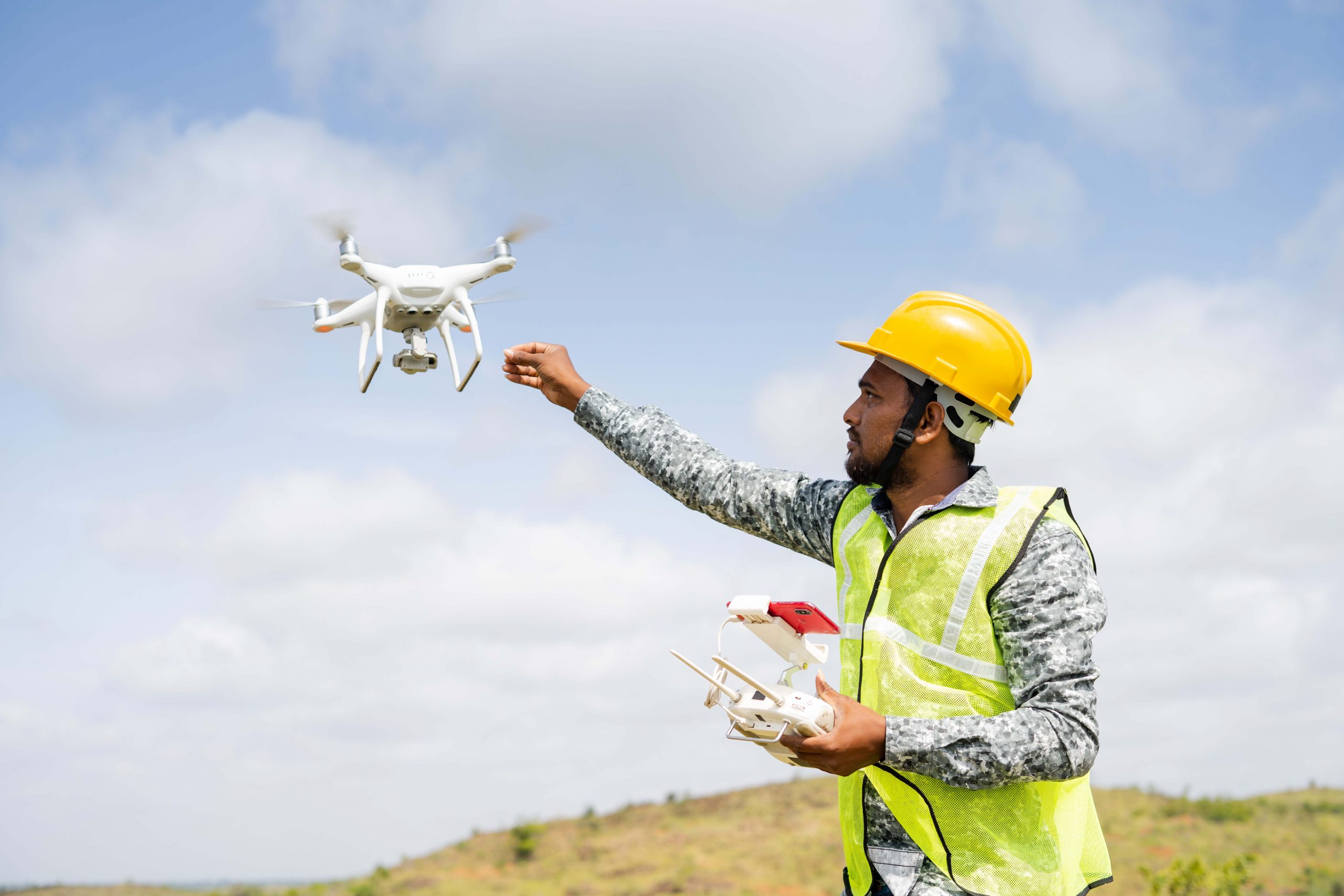Sky-High Precision: How Drone Surveying is Altering Construction

Recently, the construction business has undergone the dramatic transformation, fueled by technological advancements which can be reshaping precisely how projects are designed, executed, and monitored. Among these innovative developments, drone surveying has emerged as a game-changer, offering unparalleled benefits in accuracy and efficiency. From providing detailed internet site assessments to facilitating real-time data selection, drones are revolutionising the way building professionals approach their own work, ultimately bringing about smarter decision-making in addition to cost savings.
As the demand for sleek processes and improved precision grows, comprehending the applications and benefits of drone surveying will become increasingly essential. Whether you are a seasoned building manager or a new newcomer for the business, grasping the fundamentals involving drone technology plus its implications regarding surveying can supply a significant edge. In this article, we are going to explore the profound impact of drone surveying on design and delve into various aspects, including its benefits, typically the technology behind that, and how it is set to form the future of the market.
Positive aspects of Drone Surveying
Drone surveying offers several advantages that are usually transforming the construction landscape. One of the primary benefits is enhanced accuracy and reliability. Drones utilize superior technology such while GPS and high resolution cameras, which enable these to capture exact data and produce detailed maps. This increased accuracy decreases errors which could take place with traditional surveying methods, bringing about even more reliable project effects. Additionally, the capability to conduct surveys in a shorter timeframe allows assignments to move forwards more efficiently.
Financial savings are another considerable benefit associated with drone surveying. Employing drone technology may reduce labor expenses and the need for expensive equipment typically required for classic surveys. Drones can easily cover large locations quickly, collecting information without the extensive time historically needed for ground surveys. As a result, the reduced time and resources lead to lower overall task costs, making drone surveying an eye-catching strategy to construction organizations looking to improve their own bottom line.
Moreover, drone surveying enhances protection on construction web sites. Drones can access difficult or harmful areas without putting surveyors at chance. This capability is definitely particularly invaluable inside situations where terrain is challenging or when surveying present structures with possible safety concerns. By simply minimizing the need for personnel to be able to work in harmful locations, drone surveying not only shields workers but furthermore ensures that files collection is broad and thorough with no jeopardizing safety specifications.
Comparing Surveying Methods
Traditional surveying methods have already been the cornerstone regarding land measurement regarding many years. Strategies such as theodolite measurements and entire station surveys need skilled personnel in order to establish precise factors and gather info manually. This method can easily be time-consuming and labor-intensive, often causing delays and larger costs for building projects. Additionally, standard methods are restricted to weather conditions and can fight to cover large areas successfully.
Inside of contrast, drone surveying has introduced the revolutionary approach to info collection. Drones prepared with advanced cameras and sensors can easily capture vast quantities of data over significant terrains from large altitudes. This soaring perspective not sole increases coverage yet also allows regarding better measurements and even detailed mapping with no the constraints encountered by traditional approaches. Drone Surveyors Cheltenham to collect data rapidly enables faster job timelines and more informed decision-making.
Moreover, the particular integration of cutting edge technology in drone surveying contributes considerably to the precision and reliability associated with data. Drones leverage GPS and also other placement technologies to make high resolution maps and 3D models with nominal human input. This specific level of accurate is challenging to achieve with manual methods, enhancing the general quality of studies. Since the construction sector continue to be adopt drone technology, the comparability between traditional methods and drone surveying becomes increasingly advantageous for efficiency and effectiveness.

Future of Drone Technology
Typically the future of drone technology in typically the construction industry is poised to bring even greater innovative developments that can significantly enhance the efficiency and accuracy of assignments. With advancements inside artificial intelligence and machine learning, drones are expected to become more autonomous, allowing for real-time info collection and examination without the constant need for human involvement. This will likely not simply streamline workflows yet also reduce typically the margin for mistake, bringing about safer plus more effective construction processes.
Moreover, the mixing of drones with other appearing technologies, for example Making Information Modeling (BIM) and augmented actuality, will offer job managers and designers unprecedented insights to their projects. By incorporating aerial data taken by drones along with detailed 3D versions, construction teams can monitor progress, picture potential issues, and make informed decisions faster than ever ahead of. This synergy involving technologies will improve collaboration among stakeholders and drive job success.
Finally, as regulations around drone consumption continue to progress, we can expect broader acceptance plus integration of drone surveying across numerous sectors. The legitimate frameworks will likely conform to permit more advanced applications of drone technology, including beyond visual line of sight operations and increased payload abilities. This will clear new possibilities regarding construction, including superior site inspections repairs and maintanance procedures, ensuring that will drones will continue to be a vital component of the construction surroundings for years to come.
